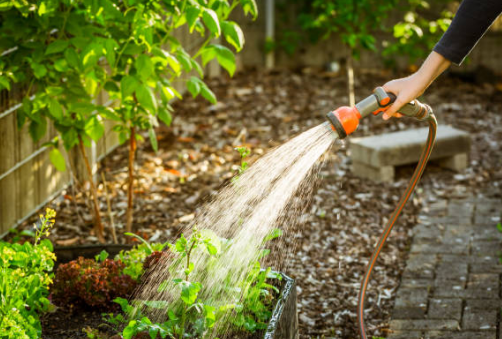A Living Fossil in Your Garden: The Enchanting Metasequoia Tree
The Metasequoia, often referred to as the Dawn Redwood, is a remarkable tree that combines ancient lineage with modern landscape appeal. This "living fossil" has a rich history dating back to the Mesozoic era, over 100 million years ago.
Today, it continues to captivate gardeners and nature enthusiasts with its striking appearance and fascinating background.
Unique Characteristics
Deciduous Conifer:
Unlike many other conifers, the Metasequoia is deciduous, meaning it sheds its needles each fall. This feature gives it a unique place among conifers, providing seasonal interest with fresh, bright green foliage in the spring and a warm, golden-brown hue in the fall.
Fast Growth:
The Metasequoia is known for its rapid growth rate, making it an excellent choice for gardeners seeking a quick impact. It can grow over two feet per year, eventually reaching heights of 70-100 feet with a trunk diameter of up to 8 feet in ideal conditions.
Distinctive Bark:
The tree's bark is another standout feature. It has a reddish-brown color with a fibrous, stringy texture that peels in long strips. As the tree matures, the bark deepens in color, adding a rich, visual texture to the landscape.
Pyramidal Shape:
In youth, the Metasequoia maintains a pyramidal shape, which broadens with age. This symmetrical form is highly desirable in landscape design, providing a strong, vertical accent.
Cultivation and Care
Climate and Soil Preferences:
Metasequoias thrive in USDA hardiness zones 5-8. They prefer moist, well-drained soils and can tolerate a range of soil types, including clay, loam, and sandy soils. However, they do best in slightly acidic to neutral pH levels.
Watering Needs:
Consistent moisture is key for Metasequoias, especially during their establishment period. While they are somewhat tolerant of drought once established, regular watering will ensure optimal growth and health.
Sunlight Requirements:
Full sun is ideal for Metasequoias. They require at least six hours of direct sunlight per day to thrive. In shadier conditions, their growth may become stunted, and their form less defined.
Pruning and Maintenance:
Minimal pruning is required for Metasequoias. Occasional trimming to remove dead or crossing branches will help maintain their shape and health. Given their rapid growth, they may outgrow small garden spaces quickly, so placement should be carefully considered.
Landscape Uses
Focal Point:
The Metasequoia’s majestic height and striking appearance make it an excellent focal point in large gardens and parks. Its unique seasonal changes add dynamic interest throughout the year.
Alley Planting:
Planting Metasequoias in rows can create stunning alleys or windbreaks. Their uniform shape and growth rate ensure a consistent and visually appealing barrier or pathway.
Specimen Planting:
As a specimen tree, the Metasequoia stands out beautifully on its own. Its impressive stature and seasonal color changes provide year-round interest.
Environmental Benefits
Carbon Sequestration:
As a fast-growing tree, the Metasequoia is highly effective at sequestering carbon, contributing positively to the environment by absorbing CO2.
Wildlife Habitat:
The dense foliage and significant height of Metasequoias provide shelter and nesting sites for various bird species, enhancing biodiversity in your garden.
Conclusion
The Metasequoia tree, with its ancient heritage and modern appeal, is a remarkable addition to any landscape. Its unique characteristics, ease of cultivation, and environmental benefits make it a valuable asset for gardeners and nature enthusiasts alike.
Whether as a focal point, a majestic alley, or a standalone specimen, the Metasequoia Tree brings a touch of living history and dynamic beauty to the garden.





Comments
Post a Comment